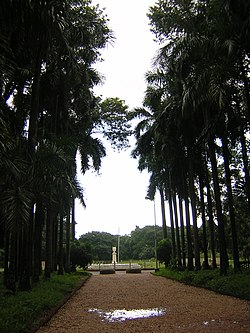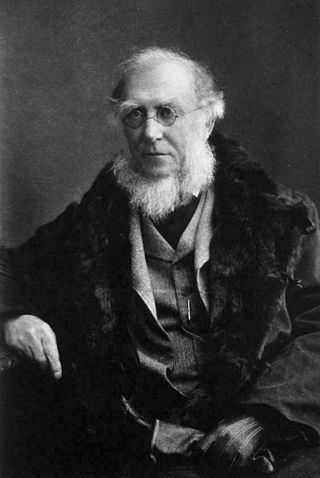
Sir Joseph Dalton Hooker was a British botanist and explorer in the 19th century. He was a founder of geographical botany and Charles Darwin's closest friend. For 20 years he served as director of the Royal Botanical Gardens, Kew, succeeding his father, William Jackson Hooker, and was awarded the highest honours of British science.
Sir John McClelland (1805–1883) was a British medical doctor with interests in geology and biology, who worked for the East India Company.
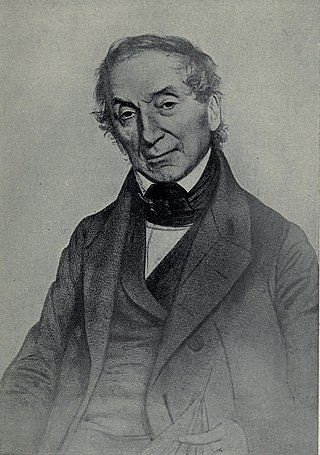
Nathaniel Wolff Wallich was a surgeon and botanist of Danish origin who worked in India, initially in the Danish settlement near Calcutta and later for the Danish East India Company and the British East India Company. He was involved in the early development of the Calcutta Botanical Garden, describing many new plant species and developing a large herbarium collection which was distributed to collections in Europe. Several of the plants that he collected were named after him.

William Roxburgh FRSE FRCPE FLS was a Scottish surgeon and botanist who worked extensively in India, describing species and working on economic botany. He is known as the founding father of Indian botany. He published numerous works on Indian botany, illustrated by careful drawings made by Indian artists and accompanied by taxonomic descriptions of many plant species. Apart from the numerous species that he named, many species were named in his honour by his collaborators.

Plantae Asiaticae Rariores is a horticultural work published in 1830–1832 by the Danish botanist Nathaniel Wallich.
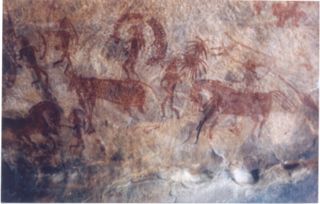
Natural history in the Indian subcontinent has a long heritage with a recorded history going back to the Vedic era. Natural history research in early times included the broad fields of palaeontology, zoology and botany. These studies would today be considered under field of ecology but in former times, such research was undertaken mainly by amateurs, often physicians, civil servants and army officers.
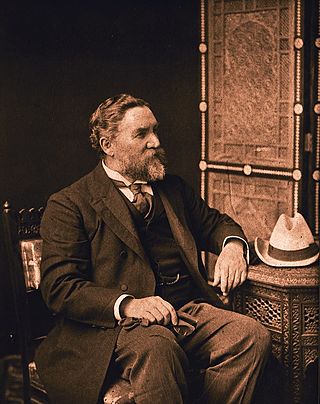
Sir George Watt was a Scottish physician and botanist who worked in India as "Reporter" on economic botany and during the course of his career in India he compiled a major multivolume work, TheDictionary of Economic Products of India, the last volume of which was published in 1893. An abridged edition of his work was also published as the single volume Commercial Products of India in 1908. He is honoured in the binomials of several plants named after him.
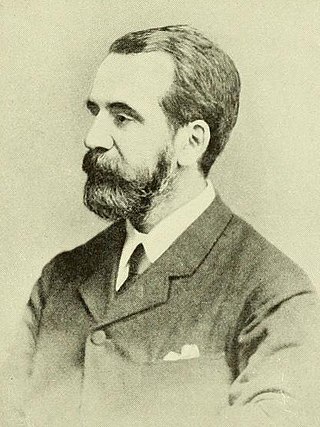
Sir George King was a Scottish-born British botanist who was appointed superintendent of the Royal Botanic Garden, Calcutta in 1871, and became the first Director of the Botanical Survey of India from 1890. He was recognised for his work in the cultivation of cinchona and for setting up a system for the inexpensive distribution of the anti-malarial quinine throughout India through the postal system.

Robert Wight MD FRS FLS was a Scottish surgeon in the East India Company, whose professional career was spent entirely in southern India, where his greatest achievements were in botany – as an economic botanist and leading taxonomist in south India. He contributed to the introduction of American cotton. As a taxonomist he described 110 new genera and 1267 new species of flowering plants. He employed Indian botanical artists to illustrate many plants collected by himself and Indian collectors he trained. Some of these illustrations were published by William Hooker in Britain, but from 1838 he published a series of illustrated works in Madras including the uncoloured, six-volume Icones Plantarum Indiae Orientalis (1838–53) and two hand-coloured, two-volume works, the Illustrations of Indian Botany (1838–50) and Spicilegium Neilgherrense (1845–51). By the time he retired from India in 1853 he had published 2464 illustrations of Indian plants. The standard author abbreviation Wight is used to indicate this person as the author when citing a botanical name.
Thomas Thomson was a British surgeon with the British East India Company before becoming a botanist. He was a friend of Joseph Dalton Hooker and helped write the first volume of Flora Indica.
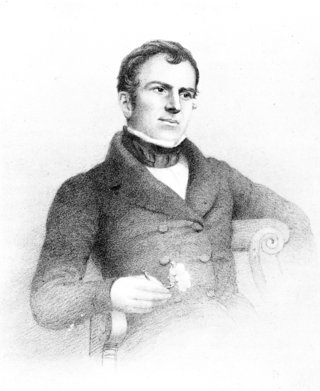
William Griffith was a British doctor, naturalist, and botanist. Griffith's botanical publications are from India and Burma. After a brief stay in Madras, he was assigned as a Civil Surgeon to Tenasserim, Burma, where he studied local plants and made collecting trips to the Barak River valley in Assam. He explored various parts of Burma, traveling the rivers, including the Irrawadi as far as Rangoon. He visited the highlands of Sikkim, and the region of the Himalayas around Shimla. Subsequently, Griffith was appointed as Civil Surgeon in Malacca, where he died of a parasitic liver disease.

Colonel Robert Kyd was a British army officer stationed in India. He founded the botanical garden at Calcutta in 1787.

Isaac Henry Burkill was an English botanist who worked in India and in the Straits Settlements. He worked primarily in economic botany but published extensively on plant biology, ethno-botany, insect-plant interactions and described several species. He published a two volume compilation on the plants of economic importance in the Malay Peninsula, collating local names and knowledge. He also wrote a detailed history of botany in India. The plant genera Burkillia and Burkillianthus were named in his honour.

Michael Pakenham Edgeworth was an Irish botanist who specialized in seed plants and ferns, and spent most of his life working in India. He was also a pioneer of photography.

Lilium wallichianum is an Asian species of bulbous plants in the lily family native to the Indian Subcontinent and to Myanmar. It is native to India, as well as Nepal, Bhutan, and Myanmar.

Elaeocarpus lanceifolius is a tree species in the family Elaeocarpaceae. It is found across tropical Asia from Thailand to Yunnan to Nepal to Karnataka, India. It is used for its wood, fruit, and nuts.

Arabella Elizabeth Roupell was an English flower painter, noted for an anonymous set of flower paintings published in 1849 under the title 'Specimens of the flora of South Africa by a Lady.'
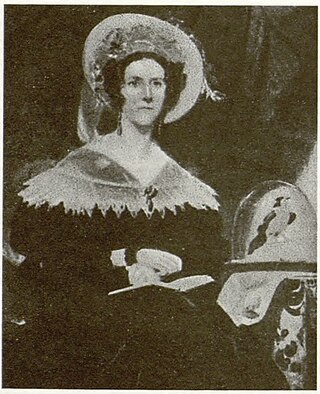
Christian Ramsay, Countess of Dalhousie informally Lady Dalhousie, néeBroun; was a Scottish botanist and natural historian. She married George Ramsay, 9th Earl of Dalhousie and travelled with him when he was appointed Lieutenant Governor of Nova Scotia, Governor General of Canada and Commander in Chief of the Indian Army. While travelling, she collected and catalogued many species of plants, presented scientific papers to societies and donated many collections to different botanical groups.

Phyllanthus tenellus is a herbaceous plant in the leafflower family, Phyllanthaceae. It is commonly called Mascarene Island leaf flower as it is native to the Mascarene Islands. It is often a weed in flower beds, gardens, roadsides, and other disturbed areas.
Kalipada Biswas was an Indian botanist who specialized in the algae of the Indian region and worked at the Calcutta botanical garden erstwhile Royal Botanic Garden, becoming its first Indian director and heading it from 1937 to 1955.
